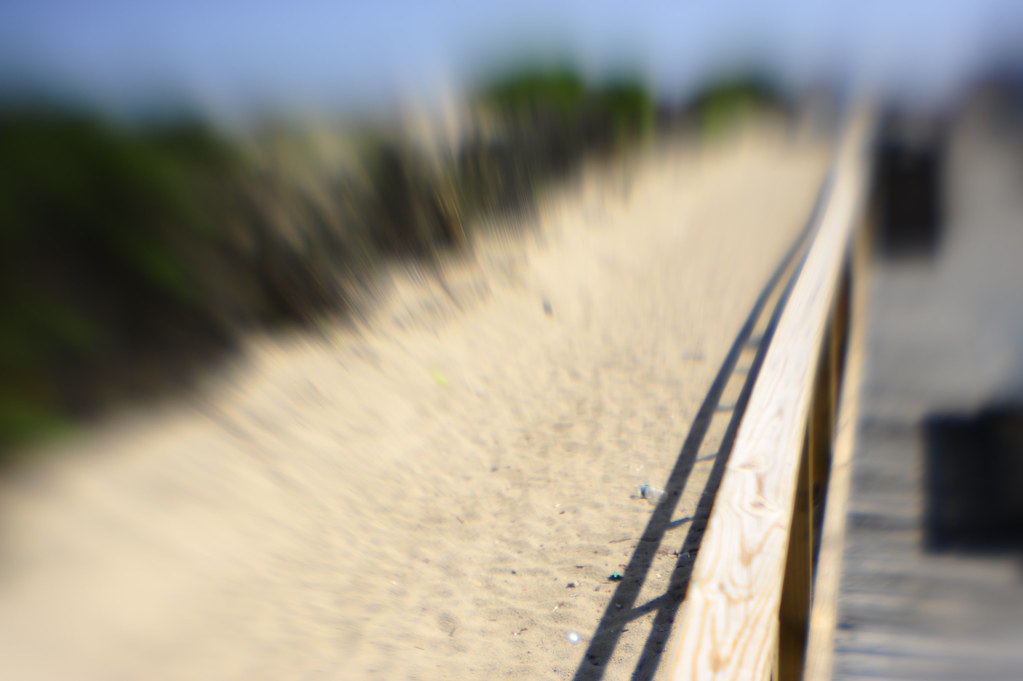Photographic work can be divided into dozens of categories, many with lots of sub-categories. The following list describes some common types of photography.
Aerial From a plane, helicopter, balloon or other airborne device.
Adventure, Action Adventure sports, daring feats, etc.
Amateur Any type of photography practiced by non-professionals.
Animal, Pet Pets and their relationships with humans. Note that the human content is often as important as the animal.
Architecture, Real Estate The art of making property appear attractive. Often involves panoramic photography.
Artistic Photography in which creative composition is the goal.
Astrophotography Space photography, through a telescope.
Aura A controversial type of photography which some claim can photograph a person's aura. Often confused with Kirlian photography.
Black & White Not simply photography without colour, black and white photography explores shapes, tones and textures. Shadows and highlights become much more important.
Camera Phone "Convenience" photography using a mobile phone's built-in camera. While not the best quality, camera phones have opened a new world of spontaneous, on-the-spot photo opportunities.
Commercial Product shots, advertising, etc.
Digiscoping Photography through a telescope or binoculars.
Documentary Journalism, Events, Historical, Political, etc.
Event Concerts, parties, festivals, weddings, etc.
Forensic Police and legal photography.
Infrared Photography in which the recording medium is sensitive to infrared light rather than the normal visible light spectrum.
Large Format For use on posters, billboards, etc.
Kirlian A type of contact print photography in which an object touching a photographic plate is connected to a high voltage source, creating an aura-like image. Often confused with aura photography.
Macro The art of photographing very small and/or close-up objects.
Medical Specialized photography for clinical purposes, i.e. to help reveal and diagnose illness.
Microscopic Any technique for photographing objects too small to be visible to humans.
Modeling Photographing objects to be converted into 3D models.
Nature Landscapes, animals, plants, sea, etc.
Night Any technique used to capture images at night. Often includes infrared photography.
Panoramic Views of wide areas, up to complete 360° panoramas.
Paranormal Ghosts, unexplained phenomena, etc.
People Candid, Family, Fashion, Glamour, Passports & Visas, Portrait, Pregnancy, School, Sports, Wedding
Travel Photography to showcase locations, illustrate travel literature, etc.
Ultraviolet Photography in which the recording medium is sensitive to ultraviolet light rather than the normal visible light spectrum.
Underwater Any type of photography taken under water with a water-tight camera housing.
Urban, Industrial Emphasizing urban environments.
his is photo , picture from vista background
- art (1)
- background (2)
- buying (1)
- canon (1)
- creative design (3)
- digital camera (2)
- digital photo (5)
- photo (5)
- photography (12)
- quality photography (1)
- unique photo (1)
- vista background (1)
- wedding (1)
Pinhole Uses the most basic type of camera possible — a box with a tiny hole to let light in.
Scenic Landscape, Cityscape
Satellite Views of Earth from orbit.
Scientific Any specialized photography used for scientific endeavour, e.g. electron microscopy photographs, medical photography, astrophotography, etc.
Sports The specialized art of shooting people engaged in sports, games and adventure activities.
Stereoscopic (3-D) Involves taking two photos simultaneously to simulate 3-D vision.
Stock Photographs taken for distribution to other people, for use in their projects. These photos tend to be quite generic, e.g. people working, landscapes, places, etc.
Time-lapse Photographs with a very long exposure, used to illustrate something happening over time. A popular example is a street at night with car lights blurred into long lines.














































